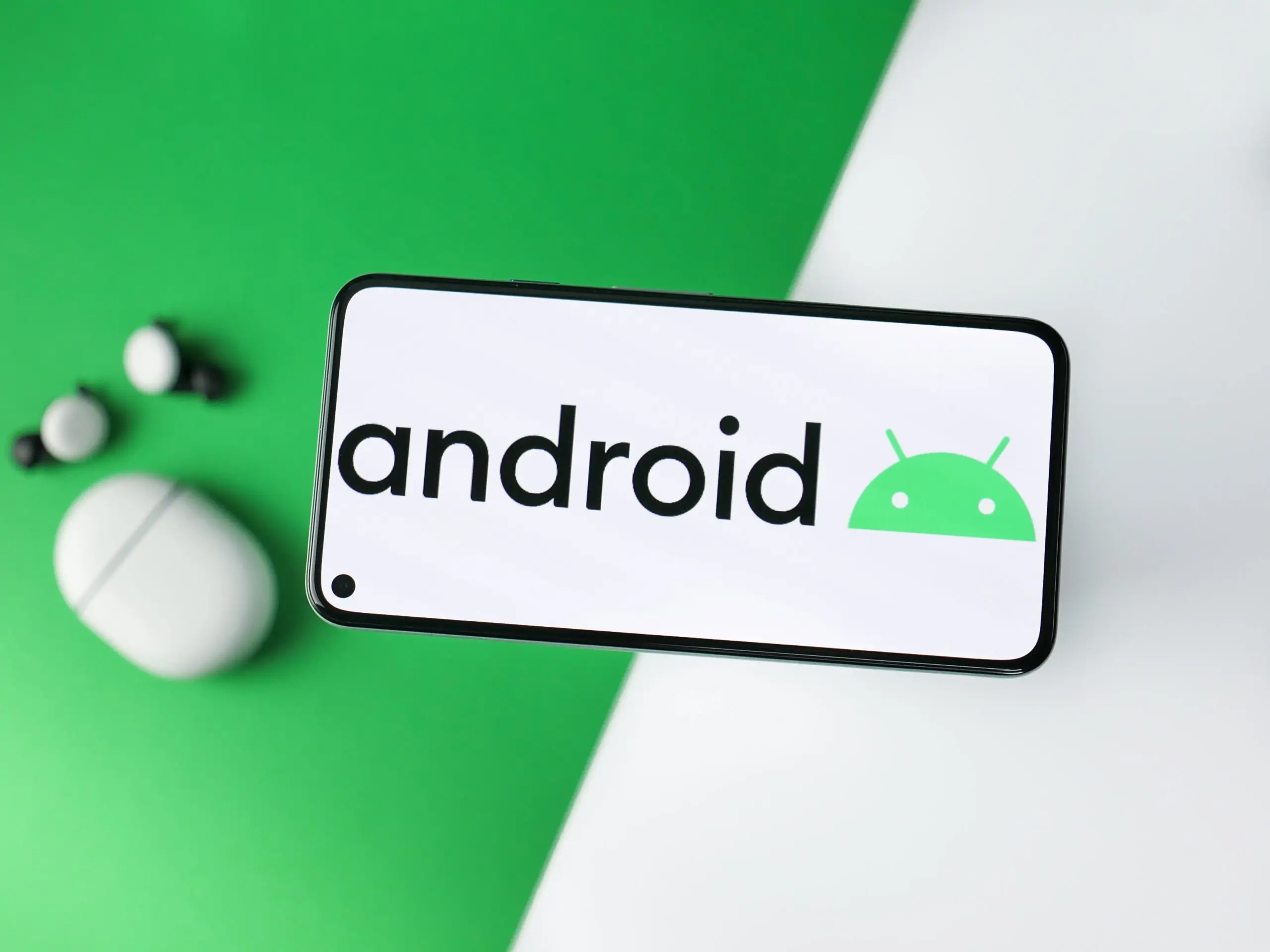Android 12 has been officially available since last October but already updated smartphones are still a small minority and many users will have to be patient for months before receiving it – not to mention Android 12L -, however, work on the next Android 13 version is already parties and rumors are already multiplying: today we see how the next release of the robot should push further on Monet theme system and not only.
Android 13 and Monet: new styles for dynamic themes
After years of semi-immobility, Android 12 was one of the most disruptive versions of the operating system in terms of graphic novelties, with the Material You which garnered virtually instant acclaim, and the dynamic theme system Monet – which adapts the entire color palette of the user interface based on the background colors set by the user – which has given Android an unprecedented level of chromatic harmony and consistency.
While we already know that the Monet dynamic theme system will become open source shortly and that many manufacturers will try to reproduce it in their graphical interfaces (we talked about it in our tests of Samsung’s One UI 4 and of the ColorOS 12 from OPPO), now we learn that the same will play a primary role in Android 13, which indeed should lead to one further evolution.
According to the latest rumors coming from sources that Android Police describes how reliable the Google team would already be hard at work to introduce four new color combinations for the dynamic theme system, covering a range that goes from overly vibrant to heavily desaturated.
In particular, in the code the names currently used for color combinations are the following:
- TONAL_SPOT: The colors that Monet currently chooses by default.
- VIBRANT: A color palette similar to the previous one, but with some subtle differences regarding the additional accents (in short, fine modifications).
- EXPRESSIVE: A wider range of colors, which apparently would also include some not present in the applied background but complementary to them.
- SPRITZER: A theme with muted, desaturated tones, almost tending to monochromatic.
Despite some changes that seem to also affect the current approach of the Android 12 dynamic theme system, the Android 13 version of Monet should still retain its essence: the starting point for designing the most suitable color palette from time to time will be always the wallpaper set by the user.
It must be said that the possibility of choosing between four different styles for dynamic themes is not an unprecedented total for the Pixels updated to Android 12, however here we are faced with something different: in the first place the previous options available did not cover a range so broad; secondly, previously the four styles were going to change the color based on which the theme would then be generated, while the new styles of Android 13 seem to use a much more dynamic approach.
No more chatting, here are the galleries including illustrative screenshots of the alleged four thematic styles of Android 13.
TONAL_SPOT
VIBRANT
EXPRESSIVE
SPRITZER
Unfortunately, the screenshot with the settings page is missing to choose between the different thematic styles, which seem to be currently under development. In any case – unless Android 12L upsets the usual plans – in a month or so we should start seeing the first build developers of Android 13 and we will certainly know a lot more.
Here are the new permissions notifications of Android 13 in action
Among the many new features of Android 13 that we have talked about, there is an evolution in the management of notifications, with the forecast of a permit that every single app would have to ask the user and be agreed before they can start harassing them (in a nutshell, an opt-in mechanism).
Well, now in addition to the words we also have a screenshot showing this important change in action. Provided that – hopefully – nothing changes until Android 13 is released, whenever an app asks for the new permission for the first time. POST_NOTIFICATIONS runtime, the user will be dealing with a dialog similar to the one below, with two options available: Allow And Don’t allow. Based on the choice made, the app will be authorized, or not, to send notifications.
Read also: Android 12 is here! All the news to know about the new version



